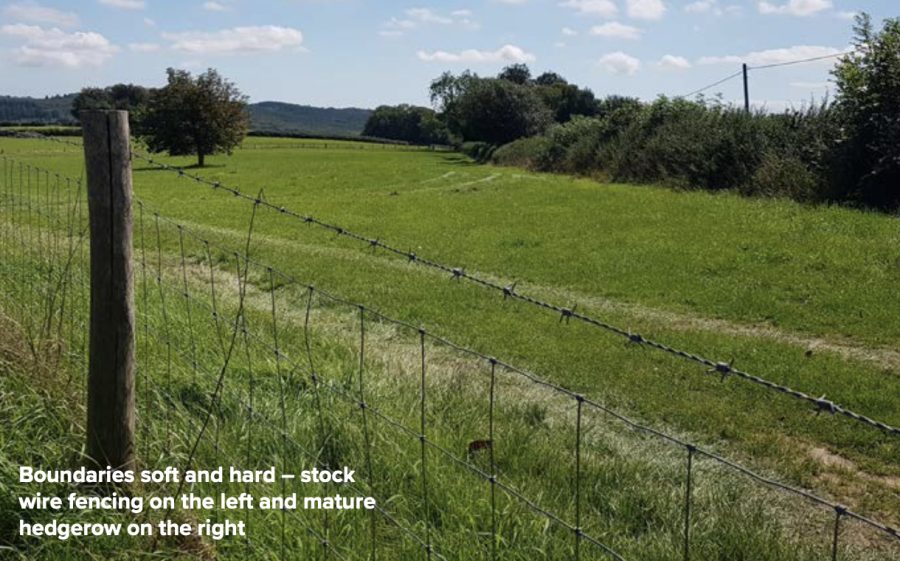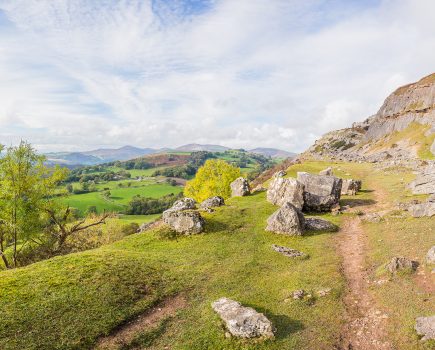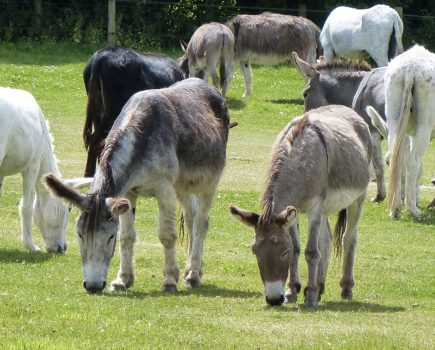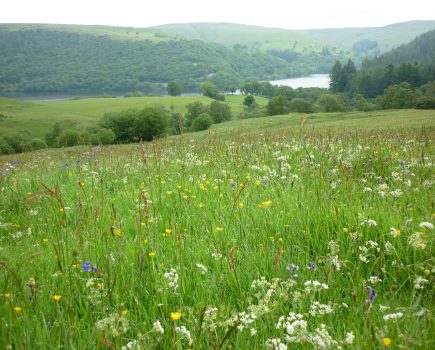Jo Carter from English Woodlands looks at the surprising benefits of living barriers.
A physical boundary is vital to any property and represents one of the most useful assets for those living in rural locations. Not only does it mark ownership of land and provide both privacy and screening, but boundaries also form divisions – essential for people tending to livestock and managing the land. But will any old boundary do? English Woodlands, specialist tree and shrub supplier, helps you to decide:
• Cost. Undoubtedly an important factor. Hedging plants are inexpensive to purchase provided you buy them as bareroot stock which should be planted during the dormant season. They could need protection in the form of rabbit or deer guards, but the overall cost will be less than most other forms of fencing
and walled boundaries. A young hedge is relatively easy to plant. It will establish quickly but is not instant unless you purchase much larger plants. Maintenance costs are low because a living boundary can repair itself, unlike a fence or wall which will gradually deteriorate.
• Appearance. The visual appeal of a hedge is softer on the eye than solid fence panels, post and rail or wire stock fencing. When set in the landscape, hedges blend with the environment and are in tune with the surroundings, provided the species within the hedge are chosen to suit the location. It’s essential to select the right plant for the right place.
• Shelter. Hedges filter and calm the wind as it passes through, unlike a fence or wall which tend to divert the air flow upwards, creating turbulence. A hedge therefore creates a microclimate which can result in warmer soils and better growing conditions. This environment also provides shade and shelter for livestock.
• Wildlife. Hedges provide the very best habitats, resources and corridors for wildlife including pollinators which
are vital to crops. Birds, insects and invertebrates, small mammals and reptiles benefit from food and shelter provided by fruit, flowers, and leaves. Many depend on hedges for nesting and safety from predators.
• Carbon capture, pollution, and toxins. Plants capture carbon in their woody growth, roots, leaves and soil. Increasing the number of hedgerows in the UK has been identified as a key change required to reach Net Zero by the year 2050. Hedges absorb pollution and traffic particulate matter, resulting in cleaner air. They can filter out up to 50% of toxins within the immediate environment.
• Soil stabilisation and water management. The strong root system of plants within a hedge provides
a natural method of stabilising the land, thus protecting the integrity of a boundary by reducing erosion. Roots act as a sponge to help soak up excess water and they intercept nutrient run- off, thereby helping to reduce water pollution. Even the structure and leaves within a hedge slow the rate that rainwater reaches the ground.
• Noise reduction. Many different types of boundaries can help to reduce noise levels. A mature hedge will help to block sound, but it does depend on the height, depth, and density of the hedge. The bigger the better!
WHICH PLANT SPECIES?
You might need a hedge that is livestock-friendly; a thornless hedge for areas next to footpaths, an edible hedge with fruit that can be used in the kitchen or a wildlife hedge with extra attraction for small creatures. Evergreen hedges provide maximum privacy all-year-round and single-species hedges can look highly effective in a more formal setting – around the garden perhaps. Some plant species are more suited to damp or boggy ground and others can thrive in chalk and free-draining soils.
English Woodlands loves to help customers solve their problems! Bareroot hedging and trees are available to pre order now, ready for planting during the dormant season. Contact www.englishwoodlands.com. Tel: 01435 862992. Email: sales@englishwoodlands.com
Read more from Jo Carter here.








